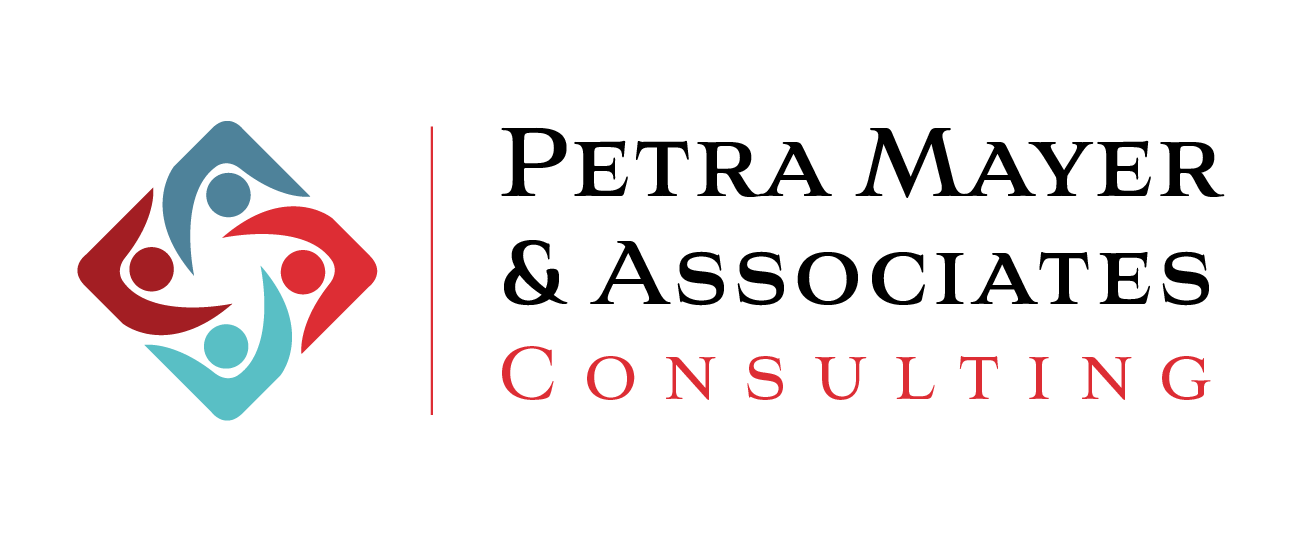Congratulations, you’ve successfully implemented your Learning Management System (LMS), trained your employees, and even conducted your first annual compliance training. Now, the challenge lies in ensuring that your LMS doesn’t become a forgotten tool, only dusted off once a year for mandatory sessions. To truly maximize the benefits of your LMS, you need to make it intuitive and easy to navigate for your employees.
LMS Content
The heart of any LMS lies in its content. Your employees need to be able to find what they’re looking for easily. A content hub can be a game-changer. Many LMSs come equipped with a centralized content repository, making it effortless for users to access relevant materials. Whether it’s instructional videos, documents, or interactive modules, a well-organized content hub ensures that your employees don’t waste time searching and can dive straight into learning.
But what if you want to create custom content internally? While it’s a good initiative, it does come with its challenges. Investing in authoring tools and content creators can be resource-intensive. However, it’s an investment in your employees’ development. Ensure that the process is streamlined, making it easy for your team to generate and upload content. The more user-friendly this creation process, the more likely you’ll have a steady stream of valuable materials for your employees.
Personalization is Key
Another way to maintain engagement is by providing personalized learning paths. Consider allowing employees to tailor their learning journey based on their interests and career goals. By allowing them to choose their path, you ensure that the LMS becomes a tool for continuous development rather than a one-time compliance challenge.
Imagine an employee logging into the portal, excited to explore the next module that aligns with their personal growth objectives. This not only keeps them engaged but fosters a sense of ownership over their professional development. Customization empowers employees to invest time in learning that directly impacts their roles and aspirations, making the LMS a valuable resource rather than a mandatory chore.
Best Practices for Engaging Learning
To maintain employee interest, it’s essential to incorporate best practices from the e-learning industry. Here are a few strategies:
1. Tell a Compelling Story
People are naturally drawn to stories. Embedding your training content within a narrative framework makes it much more relatable and memorable. Real-life examples and situations help learners understand concepts more easily. When they can see scenarios where the knowledge is applicable, it becomes more than just information – it becomes a tool they can use in their daily work.
2. Keep it Narrow and Essential
Information overload is a real concern in the digital age. When your employees are left to navigate large amounts of content without guidance, they might feel overwhelmed and disengaged. Keep your training materials focused and essential. Highlight key points and break down complex information into smaller, digestible bits. This not only helps learning, but also ensures that employees can complete the training without losing interest.
3. Incorporate Interaction
Learning is not a one-way street. Incorporate various interactive elements into your training modules – questions, simulations, games, and discussions. These elements not only break the monotony but actively involve the learner. Interactive features prompt users to apply what they’ve learned, reinforcing the material and making the learning experience more enjoyable.
4. Challenge and Reinforce
Engagement thrives on challenge. Begin the training with an initial quiz to draw curiosity and assess the base knowledge of your team. As they progress through the training, reintroduce similar quizzes but with a different narrative. This challenges them to recall and apply the information they’ve learned. The element of challenge keeps the learning experience dynamic and ensures that your employees remain engaged at every stage of the training.
The Tech Behind a User-Friendly LMS
Creating an easy-to-navigate and intuitive LMS isn’t just about content and engagement strategies, it’s also about the technology that builds the entire platform. Here’s a look into the tech side of ensuring your LMS meets user expectations:
Responsive Design
Consider the devices your employees use to access the LMS. Whether it’s a desktop computer, tablet, or smartphone, your platform should offer a seamless experience across all devices. Responsive design adapts the layout and features to different screen sizes, ensuring users can navigate and engage with the content effortlessly.
Intelligent Search Functionality
A smart search function is like a compass for your users within the LMS. Implementing intelligent search algorithms allows employees to find relevant content quickly. Consider incorporating filters and tags to enhance search accuracy, making it easier for users to locate precisely what they need.
Regular Updates and Maintenance
An outdated LMS can quickly become a challenge rather than an asset for your employees. Regular updates not only ensure the security of the platform but also introduce new features and improvements. Maintenance routines should be in place to address any glitches or issues reported by users, maintaining the overall functionality of the system.
By paying attention to the technical aspects of your LMS, you lay the foundation for a user-friendly experience. This combination creates an environment where employees not only comply with training but actively seek out opportunities for growth and development.
Conclusion
The success of your employees’ growth journey is tied to the usability of your learning platform. From a well-organized content hub to personalized learning paths and the implementation of e-learning best practices, there are various avenues to ensure your LMS remains a vibrant hub for continuous learning.
By making it easy for your employees to find, engage with, and personalize their learning experience, you’re investing not only in their skill sets but also in their commitment and enthusiasm for professional growth. The result? A workforce that doesn’t just meet compliance standards but exceeds them, driving innovation and success for your organization.


